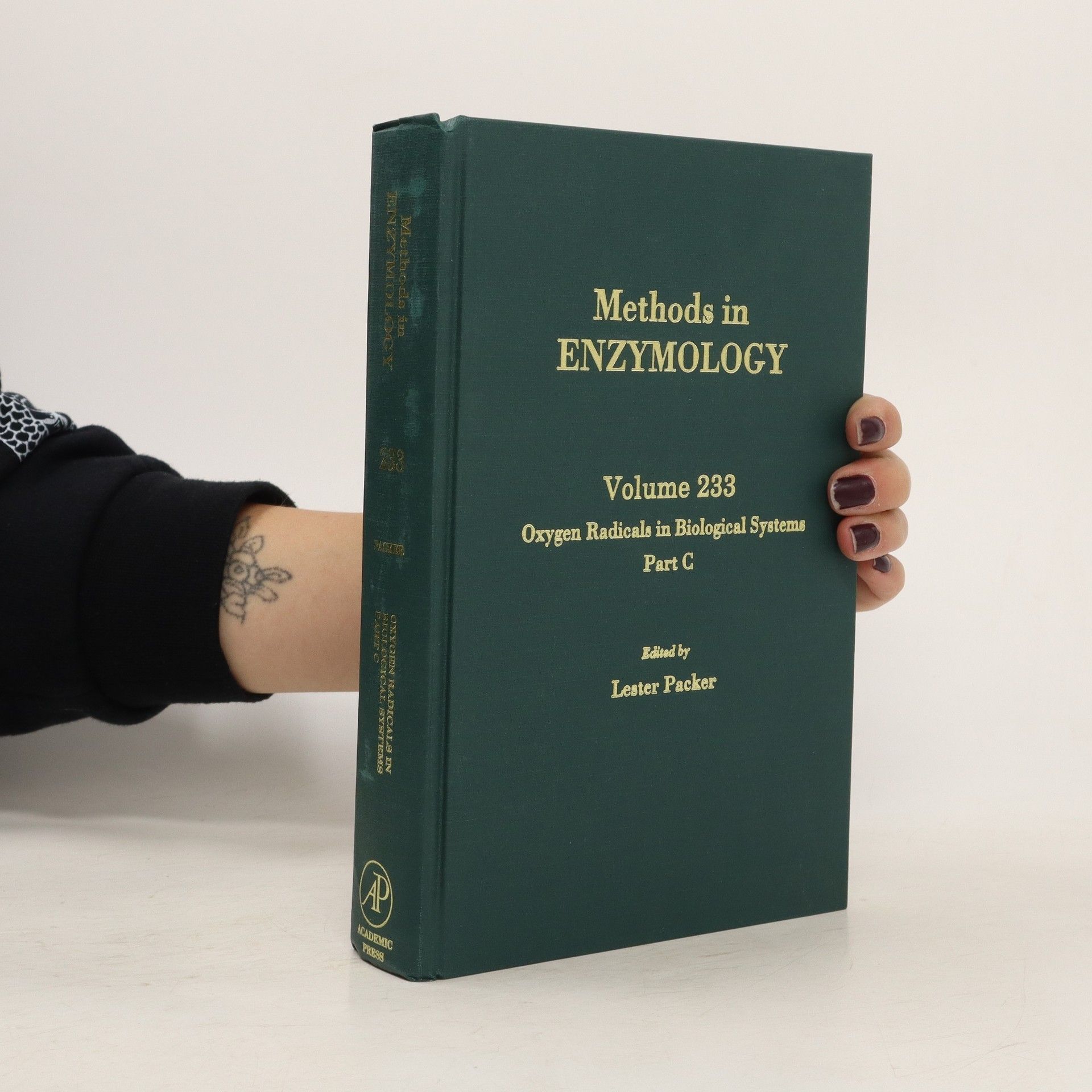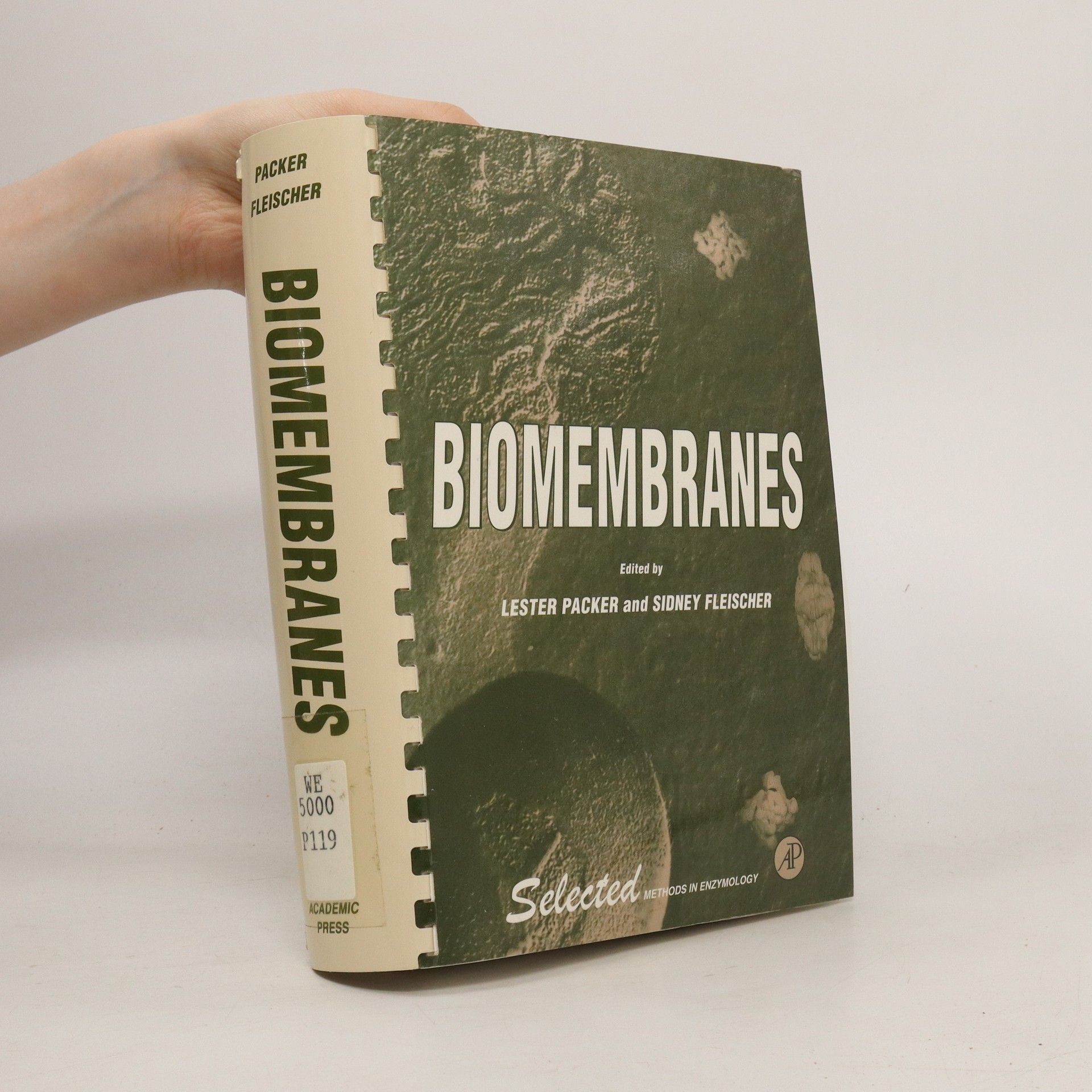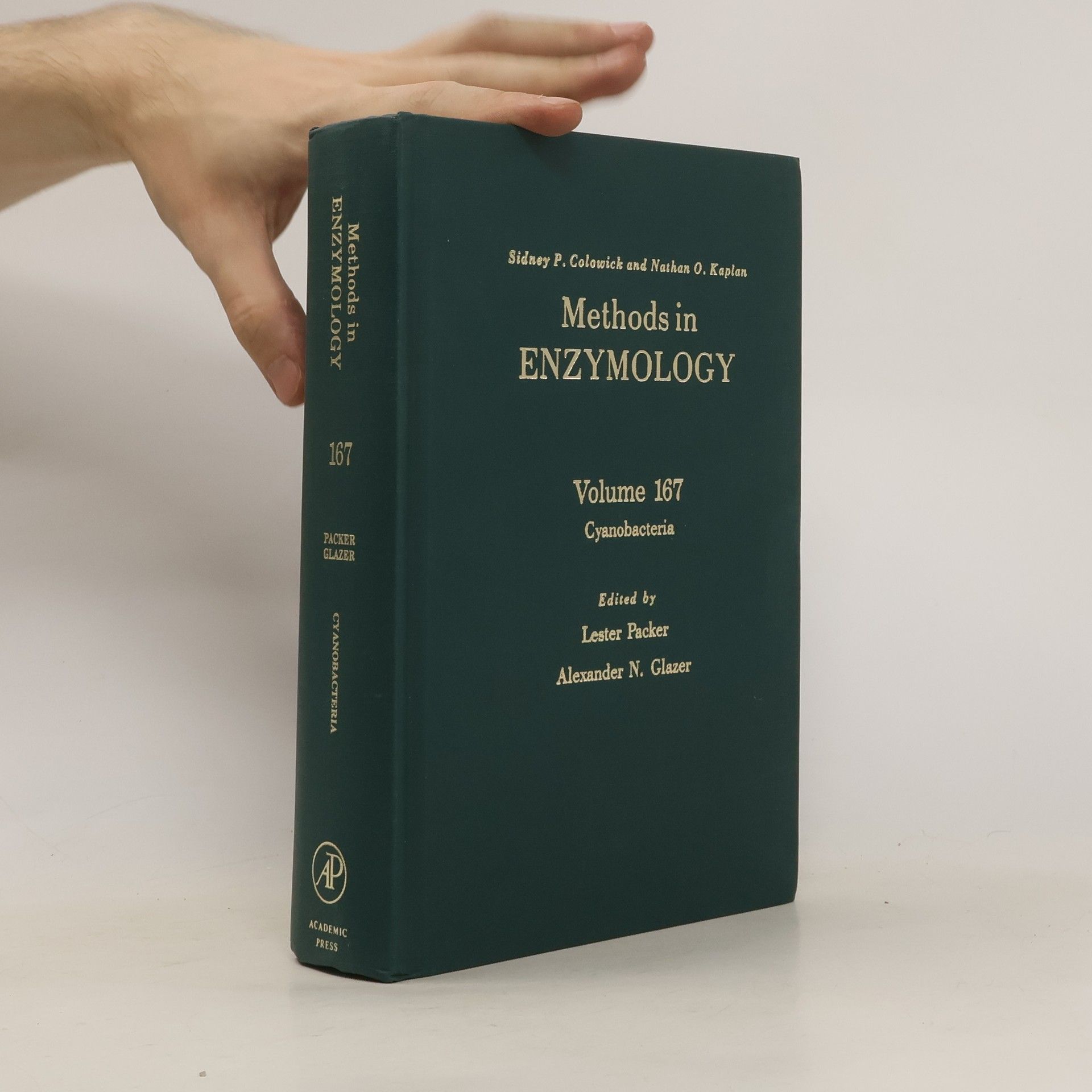In recent years, cyanobacteria have become the focus of intense study. As simple bacteria, they would seem to be the obvious organisms of choice for the study of such fundamental processes as oxygen-evolving photosynthesis and nitrogen fixation. This book will prove useful to investigators with little previous experience with cyanobacteria as well as to those who wish to change the emphasis of their research.
Lester Packer Bücher






The methods in Volumes 189 and 190 apply to the use of retinoids in basic research in molecular, cellular, and development biology and in clinical medicine.
This volume contains papers selected from the twenty-four Methods in Enzymology volumes on Biomembranes . The articles were chosen based on their impact on the field and how well the methods they cover have withstood the test of time. They represent a milestone in our understanding by the giants in the field.Key Features* Purification, functional characterization, reconstitution, and organization* Transmembrane and associated proteins* Membrane lipids and lipoproteins* Bioenergetics and transport* Biogenesis, targeting, and assembly
Methods in enzymology 213. Carotenoids. Part A
- 538 Seiten
- 19 Lesestunden
This volume and its companion, volume 214 of Methods in Enzymology, present a comprehensive, state-of-the-art compilation of the molecular and cellular methodology needed for pursuing research with carotenoids.
Since biological tissues are unstable in an oxygen atmosphere, a great deal of effort is expended by organisms to metabolically limit or repair oxidative tissue damage. This volume of Methods in Enzymology and its companion Volume 234 present methods developed to investigate the roles of oxygen radicals and antioxidants in disease. Key Features * Generation, detection, and characterization of oxygen radicals, chemistry, biochemistry, and intermediate states of reductio* Isolation, characterization, and assay of enzymes or substrates involved in formation or removal of oxygen radical * Methods for assessing molecular, cell, and tissue damage; assays and repair of oxidative damage
The critically acclaimed laboratory standard, Methods in Enzymology, is one of the most highly respected publications in the field of biochemistry. Since 1955, each volume has been eagerly awaited, frequently consulted, and praised by researchers and reviewers alike. The series contains much material still relevant today - truly an essential publication for researchers in all fields of life sciences.
Characterization of membranes and membrane components; Isolation of selected membrane components; Model membranes; Isolation and culture of cells
Since biological tissues are unstable in an oxygen atmosphere, a great deal of effort is expended by organisms to metabolically limit or repair oxidative tissue damage. This volume of Methods in Enzymology and its companion Volume 233 present methods developed to investigate the roles of oxygen radicals and antioxidants in disease. It includes techniques and assays of the activity of biothiols in soluble systems, their interaction with lipids and proteins, and the various new thiol enzymes, such as thioltransferases, being elucidated. Antioxidant reactions and gene regulation are also included.
Methods in Enzymology. Volume 148
- 762 Seiten
- 27 Lesestunden
The critically acclaimed laboratory standard, Methods in Enzymology , is one of the most highly respected publications in the field of biochemistry. Since 1955, each volume has been eagerly awaited, frequently consulted, and praised by researchers and reviewers alike. The series contains much material still relevant today - truly an essential publication for researchers in all fields of life sciences.



